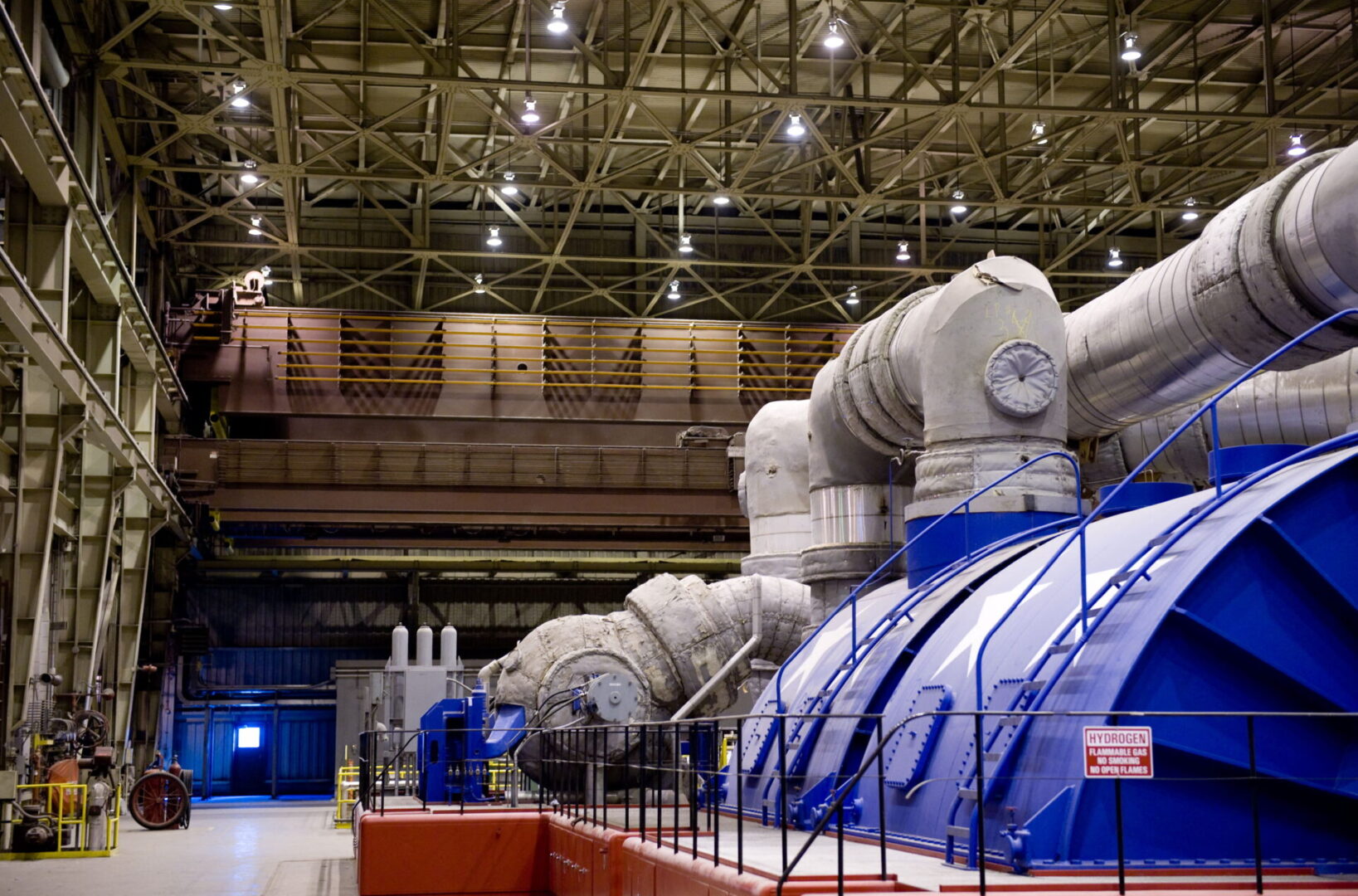The current state of CCUS in Canada and its potential for growth
Understanding CCUS in Canada===
Carbon capture, utilization, and storage (CCUS) is a process that captures carbon dioxide (CO2) emissions from industrial processes or power generation plants, and stores it underground or uses it for other purposes. Despite being a relatively new technology, CCUS is gaining momentum in Canada as a potential solution to the country’s emissions problem. In this article, we will explore the current state of CCUS in Canada, its potential for growth, challenges, and the role of the government in supporting its development.
The Current Status of CCUS Deployment in Canada
Currently, there are two commercial-scale CCUS projects in Canada: the Quest project in Alberta and the Boundary Dam project in Saskatchewan. The Quest project captures up to 1.4 million tonnes of CO2 per year from Shell’s oil sands upgrader and stores it deep underground. The Boundary Dam project captures up to 1 million tonnes of CO2 per year from SaskPower’s coal-fired power plant and uses it for enhanced oil recovery. While these projects have demonstrated the feasibility of CCUS, they are not enough to significantly reduce Canada’s emissions.
Examining the Benefits of CCUS Initiatives
CCUS offers several benefits, including reducing greenhouse gas emissions, improving air quality, and creating new economic opportunities. By capturing CO2 emissions and storing them underground, CCUS can help to reduce Canada’s emissions and meet its climate targets. Additionally, CCUS can be used to produce new products, such as chemicals and fuels, from CO2 emissions. This creates a new market for carbon, making it a valuable commodity rather than a waste product.
The Potential for CCUS Growth in Canada
Despite its potential, CCUS deployment in Canada has been slow due to a lack of incentives, regulatory frameworks, and funding. However, the Canadian government has recently announced a $319 million investment in CCUS projects through the Net Zero Accelerator fund. This funding will support the development of large-scale CCUS projects, research, and innovation. The potential for growth is significant, with the International Energy Agency predicting that CCUS could reduce global emissions by 10% by 2050.
The Role of Government in Supporting CCUS
The Canadian government has a crucial role in supporting the development of CCUS initiatives. Apart from funding, the government can provide regulatory frameworks and incentives to encourage investment in CCUS projects. This includes tax credits, grants, and loan guarantees. The government can also create partnerships with the private sector to develop new technologies and innovations. By providing a supportive environment, the government can help to accelerate the deployment of CCUS in Canada.
Innovations and Advancements in CCUS Technologies
The development of new technologies and innovations is essential for the growth of CCUS in Canada. Researchers are exploring new ways to capture CO2 emissions, such as direct air capture, which involves capturing CO2 directly from the atmosphere. Additionally, advancements in storage technologies, such as using CO2 for enhanced oil recovery, can make CCUS more economically viable. These innovations can help to improve the efficiency and effectiveness of CCUS and make it a more attractive option for investors.
Overcoming the Challenges of Implementing CCUS
While CCUS offers several benefits, there are also challenges to its implementation. These include high costs, lack of infrastructure, and public acceptance. CCUS projects require significant upfront capital investment, which can be challenging for investors. Additionally, there is a lack of infrastructure for transporting and storing CO2 emissions. Finally, public acceptance is crucial for the success of CCUS, and communication efforts are necessary to address concerns about safety and environmental impacts.
The Way Forward: Opportunities for CCUS Expansion in Canada
Overall, CCUS has the potential to play a significant role in reducing Canada’s emissions and meeting its climate targets. The Canadian government’s recent investment in CCUS projects is a positive step towards supporting its growth. Continued investment in research and innovation, regulatory frameworks, and incentives are essential for accelerating the deployment of CCUS in Canada. With the right policies and investments, CCUS can become an integral part of Canada’s transition to a low-carbon economy.
===
The potential for CCUS growth in Canada is significant, and with the right support, CCUS can become a game-changer in the fight against climate change. By leveraging new technologies, regulatory frameworks, and partnerships, Canada can unlock new economic opportunities while reducing greenhouse gas emissions. While challenges remain, there is no doubt that CCUS has the potential to transform the energy sector in Canada and the world.











